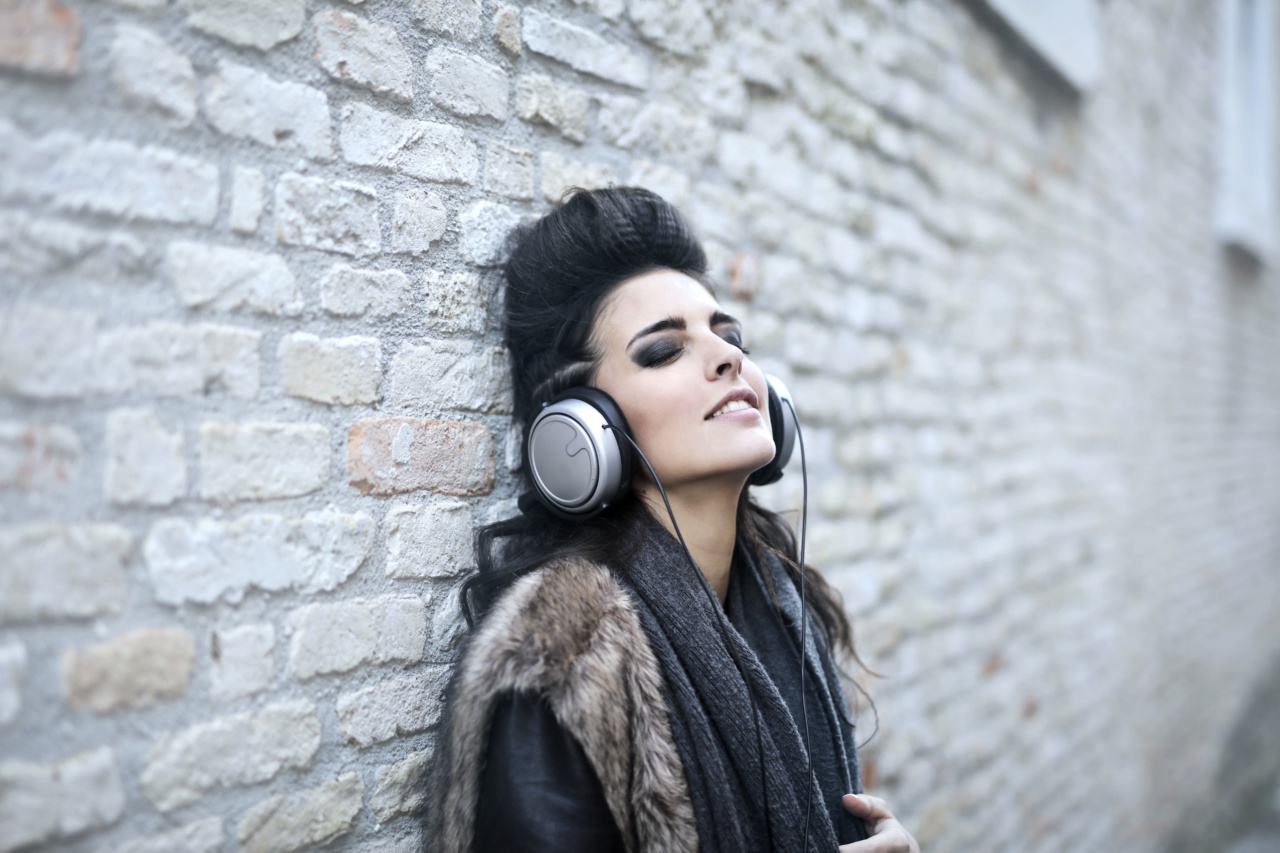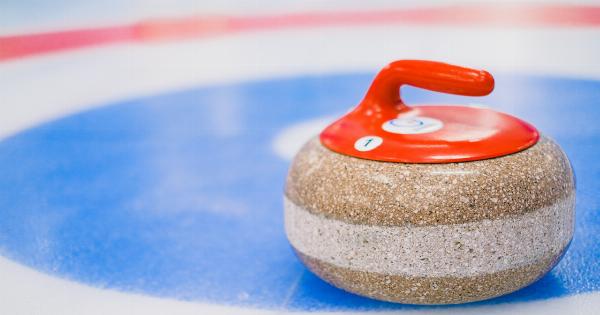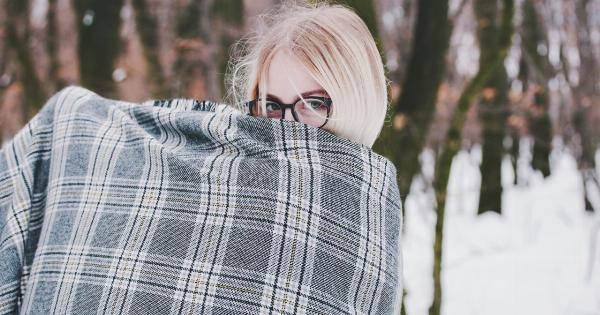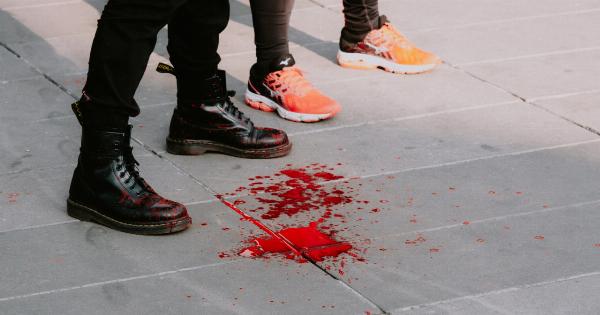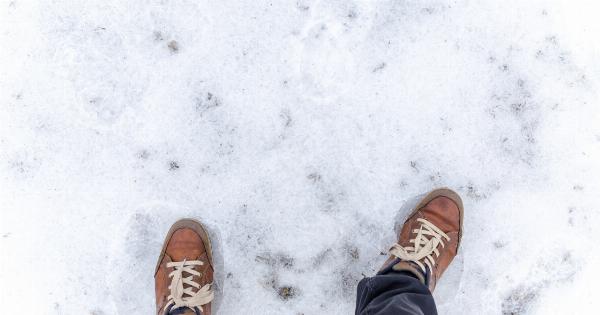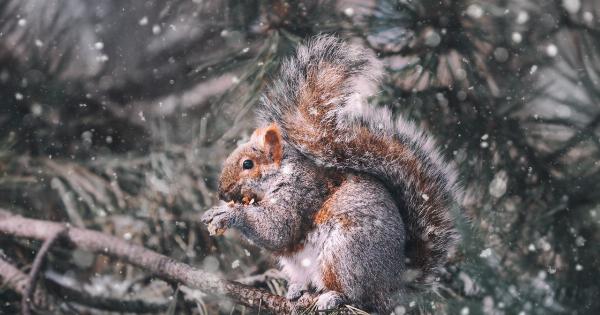Dogs are adorable, loyal and protective animals. They are kept as pets for various reasons such as security, companionship, and love. Just like humans, dogs have their body reactions to different stimuli.
One of the most intriguing responses of dogs is their hair standing up. Many dog owners have always wondered what causes the dog’s hair to stand up. In this article, we’ll explore different causes of this phenomenon and what it means for the dogs.
What causes your dog’s hair to stand up?
Dogs are naturally wired to react to any perceived threats or dangers in their immediate environment. When a dog feels threatened, the sympathetic nervous system triggers a “fight or flight” response.
This response affects several physiological changes in the dog’s body, including raising of the hair on the dog’s skin, also known as piloerection. So, what causes piloerection in dogs?.
Cold Weather
Dogs have fur, which acts as a warmth insulator. When it is cold, the dog’s hair stands up to trap a layer of air between the skin and the hair coat. This layer of air keeps the body warm, just like insulation on a house.
Therefore, when the temperature drops, the sympathetic nerve system triggers a response that tells the erector pili muscles to create this insulating layer, causing the hair on the skin to stand up.
When Excited or Playful
Dogs become very excited during playtime or when receiving attention and affection from you. This excitement triggers the sympathetic nervous system, which causes piloerection. The hairs raised can also signify happiness and contentment.
Dog owners can quickly tell when their pet is happy from the gesture.
When Fearful
Dogs’ hair often raises up when they sense a potential threat or danger in their environment. This response stems from their DNA, passed down through their ancestors.
Wild dogs, wolves and other predators employ this tactic to make themselves appear bigger in the face of danger. By raising their hair and adopting a more significant posture, they hope to deter their predators.
So, when your dog feels threatened, whether from strange people, other animals or loud sounds, they instinctively raise their hair as a show of strength and readiness to fight or flee.
When Stressed or Anxious
Dogs become stressed just like humans. Stubborn pets, loud noises, changes in the environment, separation from their owners, and any other stressful situations can cause anxiety in dogs.
When the body experiences anxiety, the nervous system can send a signal to the erector pili muscles to raise the hair on their skin. Although this can be concerning for dog owners, fear not- the raised hair is not aggressive behaviour, but rather an adaptive reaction to stressful environments.
When Threatened
Dogs are by nature territorial animals and will often become aggressive when they perceive that their space has been invaded. When a dog feels threatened, it raises the fur on its body.
This reaction makes them appear more massive, making it challenging to attack them. The raised hair on their back and neck can be a significant warning to whoever is threatening them to back down or risk being attacked.
Sickness or Illness
There are some instances where a raised hair in dogs can be an indication of underlying health problems. When dogs are sick or feeling unwell, they may display different physical and behavioural signs, including raising the fur around their body.
Some illnesses that can cause raised hair include diarrhoea, vomiting, lack of appetite, weight loss, and low energy levels. If your dog exhibits any of these symptoms, it is best to seek veterinary attention as soon as possible.
Fleas and Other Parasites
Dogs can get infected with parasites like fleas, ticks and mites. These parasites can cause significant discomfort to your pet, leading to raised hair around the infected areas.
Flea bites, for instance, can cause intense itching and irritation to the dog’s skin, leading to raised hair around the bitten area. Mites, on the other hand, can cause skin inflammation, leading to raised hair and an overall dull coat. If your dog has raised fur around certain parts of their body, it’s best always to check for parasites.
A visit to the vet can help get rid of these parasites and restore your pet’s comfort.
Bonding with Owners
Dogs are social animals and form strong bonds with people they live with. The trust and affection between you and your pet can cause the dog to raise hair on their body.
The gesture shows the dog feels safe and secure around you and is comfortable letting their guard down and show affection.
Mood Changes
Just like humans, dogs can be moody and have emotional changes. If the dog becomes sad, scared or, anxious, their hair will raise slightly to reflect their emotional state.
Mood changes often occur when the dog feels threatened, ill-at-ease, or uncomfortable in their environment.
Conclusion
Dogs’ hair standing up can mean different things depending on the situation.
Whether it’s a reaction to cold weather, stress, anxiety or fear, or a show of contentment and comfort, understanding the underlying issue is crucial in addressing the concern. However, when you observe that your pet’s hair stands up for extended periods, or there are underlying health issues; it’s best to contact your veterinarian.
